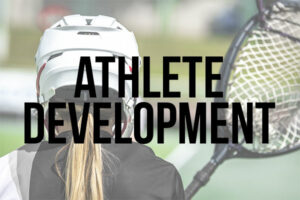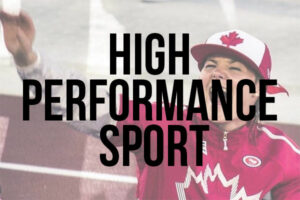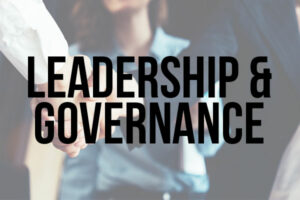Although 2020 was a challenging year, it was rich with learnings and silver linings for the Canadian sport and physical activity sector. Featured below are highlights of SIRC’s top content from the last 12 months. Whether you’re looking for insightful reading during a quiet moment over the holidays, or a quick video to get your family and friends up and active during a virtual gathering, we trust this content will be valuable now and in the year ahead!
Top SIRC Blogs
- The Psychological Implications of Returning to Sport Post-Isolation
- Coaching Strategies to Maximize Long-Term Learning and Performance for Athletes
- Football Makes Bold Pivot
- Inclusion Must be Intentional
- Mental Health Considerations of the Athlete Transition out of Sport
Top SIRCuit Articles
- Learnings from COVID-19 Lockdown – Stories of Event Cancellations
- Performing in a Pandemic: The Resilience and Leadership of Canadian athletes
- The Role of Nutrition in Sub-Concussion Injury Protection
- Virtual Volunteering in Community Sport
- Digital Gamification of Youth Sport Engagement
Top SIRC Webinars
Politics vs Principle: Retaining Integrity in Sport, and Why it Matters
Creative Thinking – Tools and Techniques to Better your Brainstorms
The Art of the Great Presentation
Videos of the Year
Partnering for Impact – SIRC Researcher/Practitioner Match Grants (2019/2020)
SCRI 2020: Diversity & Inclusion Panel
SIRC Active Break
Top Content by Topic
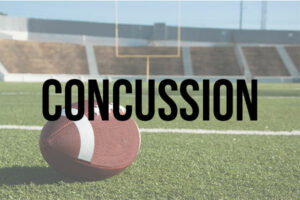 |
|
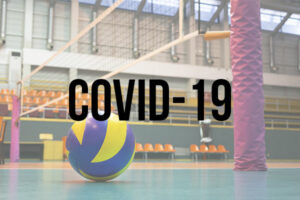 |
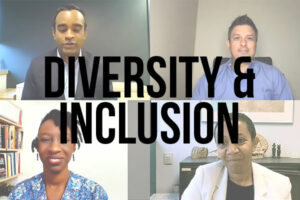 |
SIRC shares innovative, evidence-based, and relevant content from our network of researchers and thought leaders to advance the Canadian sport and physical activity sector. Thank you to everyone who contributed content this year! If you have interesting research results, insightful evaluation findings, or innovative practices that you want to share, please contact us.
